
Priority check-in, security and boarding lanes are normally a welcome reprieve from busy airport crowds. They’re designed to save travellers time and alleviate some of the main “pain points” associated with navigating through an airport. But sometimes – just sometimes – the “priority” queue is actually slower.
I flew out of the Qantas domestic terminal in Brisbane twice this week. The first time was at 6am on Tuesday morning, and then again on Wednesday afternoon. Since I’m eligible to use the Qantas Premium Lounge Entry, I headed over to that security checkpoint by default.
I ended up waiting almost half an hour to clear security in that line on Tuesday morning, and 15 minutes on Wednesday afternoon. Many of the travellers in those queues were visibly frustrated that it was taking so long.
At the Premium Lounge entry, there is only a single x-ray machine in operation. This wasn’t really adequate given the volume of passengers eligible for priority access.
In hindsight, it would have been much quicker just to use the regular security line. There was also a bit of a queue there, but there were more security lanes open so it moved faster.
Of course, that’s not to say that the “premium” entry is always slower. Outside of peak business travel times, it is indeed probably faster. And all things being equal, that line does tend to move a bit faster because the vast majority of its users are seasoned, “match fit” travellers who know what to do and won’t hold up the line.
Priority doesn’t always mean “faster”
I’ve often seen other examples of this phenomenon at airports. For example, the priority check-in line might be longer than the regular one, but some passengers still line up in the longer “priority” line by default.
I’m not too sure if this is just out of habit, or if it somehow makes people feel special. But if they wanted to get faster service, it would make more sense in these instances to avoid the priority line.
I’ve also seen plenty of examples where a priority boarding line for a flight is longer than the general boarding queue – especially on flights with lots of business travellers. If the airline implements priority boarding correctly, this shouldn’t matter as the entire priority line would be boarded first. But Qantas regularly fails to do this, boarding both the priority and general lanes simultaneously. In this case, “priority” boarding is actually slower.
When everyone has status, nobody has status
Qantas CEO Alan Joyce said this week that 30% of the airline’s passengers are eligible for lounge access. By default a similar proportion of passengers, on average, would also be eligible to use the priority check-in, security and boarding queues. And that percentage would be even larger at peak business travel times like weekday early mornings and evenings, as well as Sunday evenings.
This is one of the problems with airlines continuing to give away complimentary elite status extensions. These were completely justified and necessary during the heights of COVID, but at some point there are simply too many people with status. This leads to overcrowding in the lounges and diminishes the experience for those who’ve really earned their status.
If everyone has status, then everyone gets priority. Which means nobody actually has priority.
With all of this in mind, even if you’re eligible to use the priority lines, don’t just get on autopilot when you get to the airport. If the non-priority lane will be faster, don’t be afraid to use it! 😉

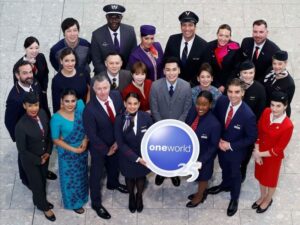

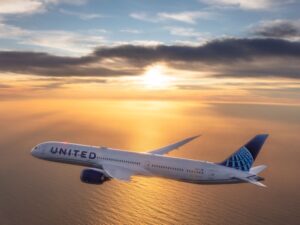

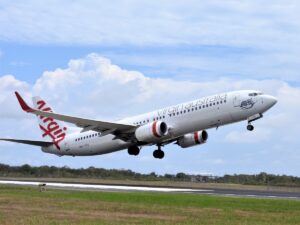
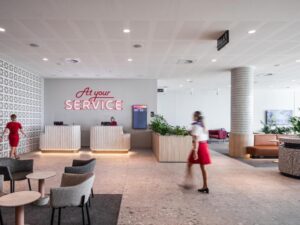



























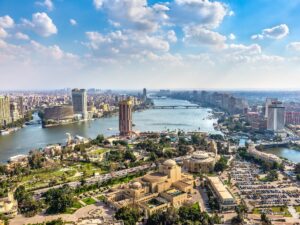





































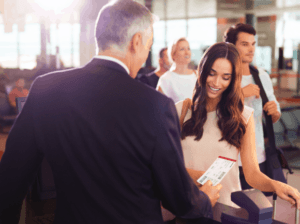

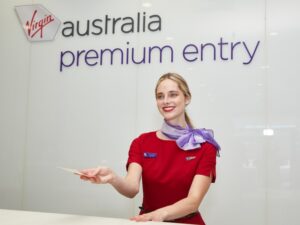





Community Comments
Loading new replies...
Join the full discussion at the Australian Frequent Flyer →